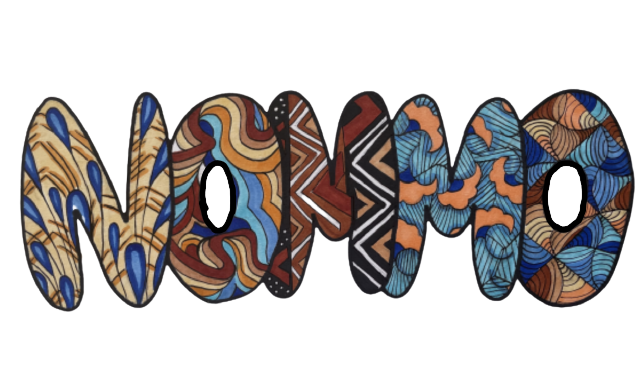“The 1920s were the years of Manhatten’s black Renaissance,” writes Langston Hughes in his memoir The Big Sea, recalling the time “when the Negro was in vogue:” A time of “Countee Cullen, Ethel Water, Claude McKay, Duke Ellington, Bojangles, and Alain Locke,” of those “New Negros,” and of great strides for the Afrikan body: “They thought that the race problem had been solved through Art.”
Of course, the period of great progress was permeated with irony: consuming the performance and entertainment from Afrikan bodies while simultaneously degrading said bodies through strict segregation policies. As Hughes recalls, “Some of the owners of Harlem clubs, delighted at the flood of white patronage, made the grievous error of barring their own race, after the manner of the famous Cotton Club.” The Afrikan body undoubtedly occupies a zone of commodification.
But, what is equally concerning is the fascination with the Afrikan body, a provocation to speak about it: the increasing amount of Afrikan plays performed, books published by Afrikan authors, and, importantly, “the white writers [who] wrote about Negros more successfully (commercially speaking) than Negros did about themselves”.
Here, one is drawn back to Hughes’s remark about the great progress of the black Renaissance: “I don’t know what made any Negros think that–except that they were mostly intellectuals doing the thinker. The ordinary Negroes hadn’t heard of the Negro Renaissance.” This knowledge of the Afrikan body, and its prominence in media, far from reflecting the experience of the ordinary Afrikan body, was created by the white imagination.
It would be a mistake to place degradation in contrast to fascination: they stem from the same history casting the Afrikan body into a commodity. In the latter case, the Afrikan body as an object of fascination functions not merely to perform and entertain, but more so as a blank canvas whose history becomes implanted according to the white imagination: the great “Negro Renaissance” which cements itself a rendezvous of cultural identification and pride.
A fundamental link therefore emerges between the Afrikan body, media presence, and the white imagination, a link that functions to further regard the Afrikan body as a commodity.
Upon reflection, Hughes implies that that time has passed, peaking “…just before the crash of 1929, the crash that sent Negros, white folks, and all rolling down the hill toward the Work Progress Administration.” Whether Hughes was mistaken in suggesting the end of the vogue or not is irrelevant, for today, the Afrikan body in popular media continues to function as a commodity of fascination placed within the white imagination in the guise of progress. Today, fascination with the Afrikan body often manifests as an uncritical narrative of equality that equates representation to progress: great strides in movies, shows, and advertisements as if “…the race problem had been solved through Art.” In the final analysis, the negro is still in vogue.
